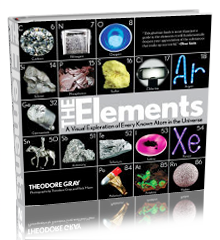Camp heater. | |||
| Sample Image | |||
| Camp heater. This is a catalytic heater: It burns propane without an open flame, using a platinum catalyst that allows the propane to combine with oxygen (burn) at a much lower than normal temperature (about 800F). The platinum is distributed in tiny, high-surface area blobs throughout the ceramic mesh that makes up the burner unit. The advantage of this type of heater over one that just burns the propane directly is that it is less likely to burn your tent down, though the instructions still warn that it can set fabric on fire if it comes in direct contact. Here's a picture of the side of the box: The heater works on the same principle as the catalytic converter in a car, which contains platinum or palladium to catalytically burn any fuel that remains in the exhaust gases (fully burned fuel is less polluting than unburned fuel). I have a picture of such a catalytic converter burning propane listed under palladium. Source: Farm & Fleet Contributor: Theodore Gray Acquired: 20 May, 2003 Price: $35 Size: 8" Purity: <1% | |||
|

